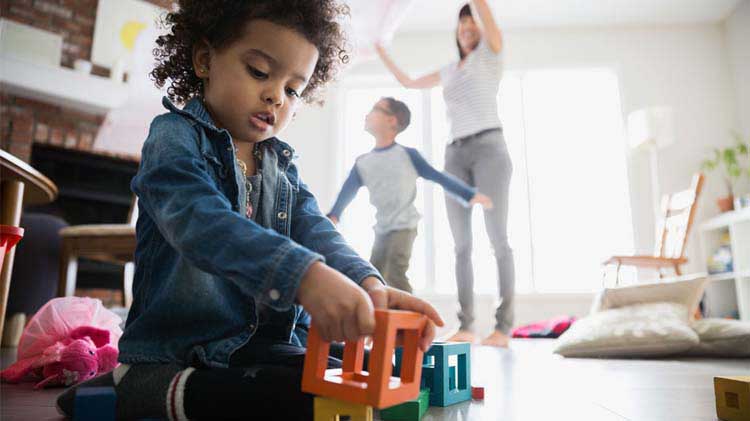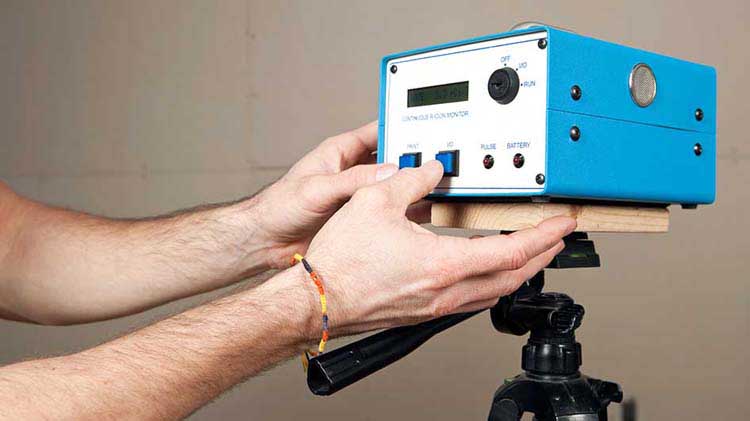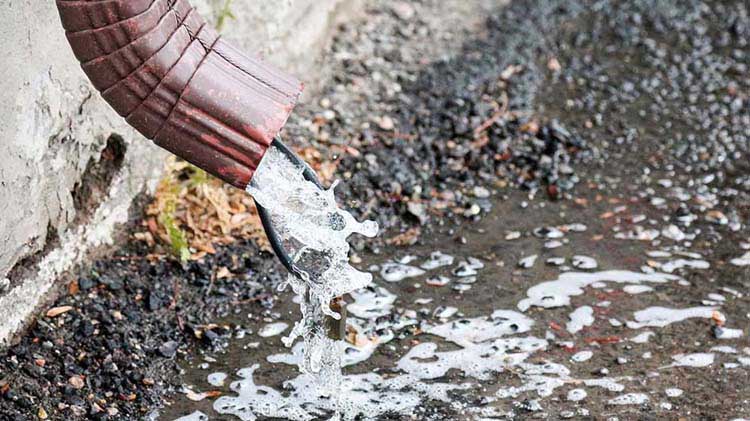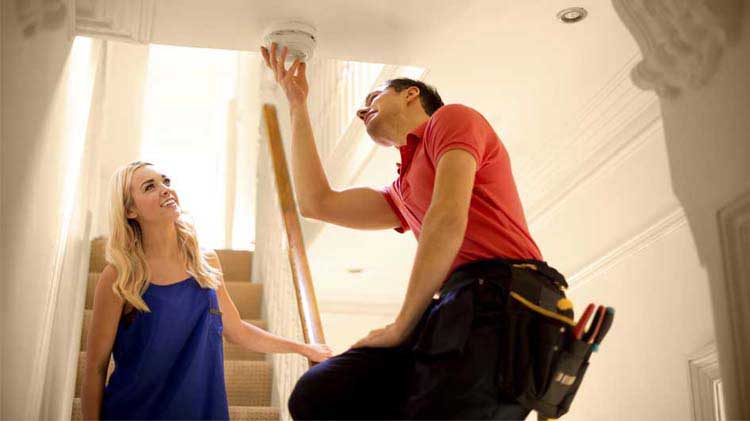Steps to avoid secondhand smoke
Secondhand smoke poses risks to you and your family. Learn ways to minimize exposure and stay healthy.
Stroke, cancer, respiratory issues, heart disease: Those are just some of the consequences of smoking — but they're also the consequences of exposure to secondhand smoke.
What is second hand smoke?
Secondhand smoke, sometimes called environmental tobacco smoke, comes from two sources: burning cigarettes and the smoke exhaled by smokers. It doesn't just increase the risk of health issues in anyone exposed to it.
Secondhand smoke contains at least 70 cancer-causing chemicals that affect children, adults and even pets. And the effects, or chemical levels, accumulate in every age group — infants to the elderly — with increased exposure. Children are especially at risk: About 37% of children in the U.S. have already been exposed.
Secondhand smoke effects
- Asthma, respiratory, lung and ear infections
- Increased level of illness
- Sudden infant death syndrome in infants and children
- Lower respiratory tract infections
- Childhood asthma flare-ups
- The risk of cardiovascular disease, stroke, heart attack, lung cancer and possibly other cancers, as well as the possibility of depression
Take these steps to avoid or minimize exposure to secondhand smoke
- Make your home a smoke-free zone. If you or someone in your family smokes, insist that all smoking take place outside in a designated spot away from other people.
- Make your car a smoke-free zone, too. Rolling down the window will not lessen the effects of secondhand smoke.
- Find a smoke-free daycare or childcare center for your children.
- If you can, visit designated smoke-free restaurants, bars and other businesses. Designated "no smoking" sections in businesses do not stop the spread of secondhand smoke. Twenty-eight states and the District of Columbia have passed comprehensive smoke-free laws. Check to see if your state has smoke-free laws.
Any time you can lessen your exposure to secondhand smoke benefits your health. Remember: There is no safe level of exposure.




